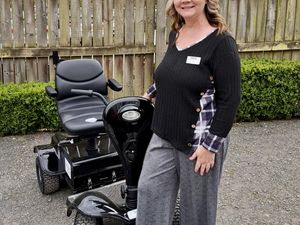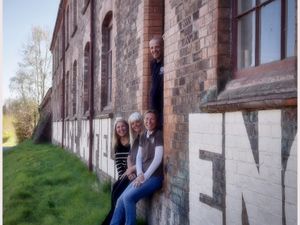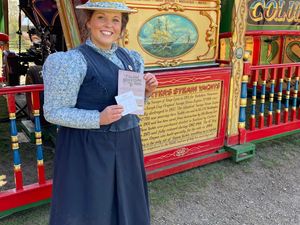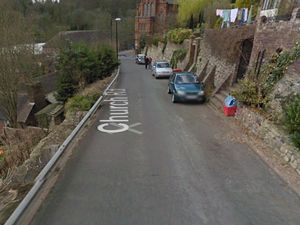The 'secret' train being tested in Shropshire that could revolutionise rural rail journeys
Deep in the heart of the Ironbridge Power Station site, a futuristic-looking train glides along in almost total silence.
Watch more of our videos on ShotsTV.com
and on Freeview 262 or Freely 565
Tucked away in this picturesque corner of Shropshire (looking beyond the construction site), it shuttles up and down a few hundred yards of track between a temporary platform and a purpose-built shed, with the loudest sound being a sedate 'clickety clack' as it rolls from rail to rail, as well as the occasional sounding of the horn.
It's somewhat appropriate that in the town that gave birth to the Industrial Revolution, this train - which also has the word 'revolution' in its name - is being demonstrated as a way to potentially transform rural railways.
Called the Revolution Very Light Rail (VLR), it's the product of a partnership between Eversholt Rail, a firm which owns hundreds of UK trains, and Transport Design International (TDI) which designed and built the train. Those behind it say it "reduces all aspects of operating costs" on branch lines.
Down at the test site, Tim Burleigh, head of external relations for Eversholt Rail, said those involved "believe in the product and know it fulfils a real need for the communities" it's designed to serve.
What's the purpose of Revolution VLR?
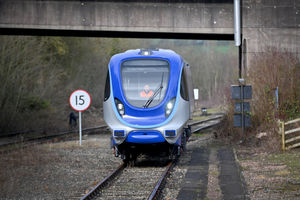
"The role of Revolution is to extend the outreach of the railway, principally helping to achieve modal shift from road to rail, which we all know is needed for the UK to meet its climate change obligations," explained Tim. "It's really a vehicle that is optimised for relatively short operations on segregated branch lines that run into mainline railways.
"We see it very much as a component of a joined up public transport system that could for example have buses at one end, then travelling on Revolution, then travelling on the mainline railway, with everything integrated and time so it makes for a convenient and fuss-free journey."
Revolution VLR would often be seen in rural settings, both on lines that are currently in use and those which could be reopened in future.
By running a low-weight, single-carriage train, it reduces wear and tear on the infrastructure and, therefore, operational costs.
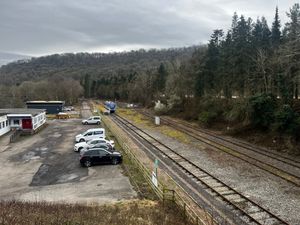
The demonstration vehicle has 56 seats, which is said to often be more than enough for the shorter routes it's designed to run on. This would release longer, heavier trains, to be redeployed in busier areas where the extra seats and standing room they'd provide would be needed.
For those wanting to reopen a railway, Revolution VLR is said to be the answer. Tim explained that by being lighter, the vehicle would not subject any older track still in place to the same stresses as a traditional train, which could allow a railway to be reopened "under budget and ahead of schedule", or in stages.
One of the benefits the train is being tested at Ironbridge is putting that theory to the test; it's been 60 years since the site last saw passenger trains, and coming up to a decade since the last coal trains served the now-demolished power station. Since then, the track has been left in place, but with minimal work it's able to take the weight of Revolution VLR.

